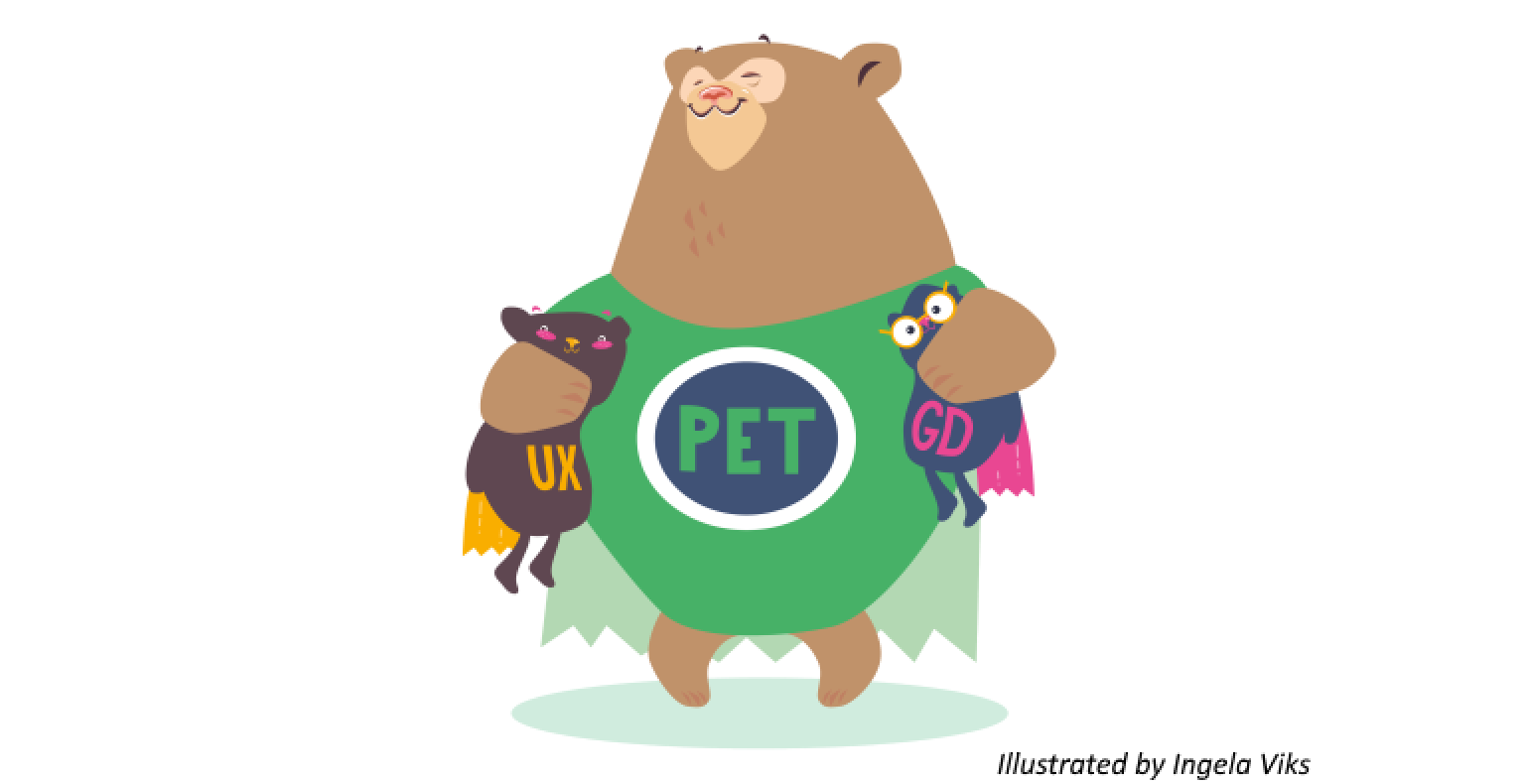Persuasion through design
Through using UX (User Experience) we can make websites that are easy to use, straightforward, and logical. Well implemented UX also helps users to take the necessary steps towards completing their goals. But putting effort only into developing perfect UX solutions is not enough.
If you want to make something of value and to rise above your competitors to sell your product or service more than them, you need to make sure that your users keep coming back and keep buying your product or service. What else should you do in addition to developing an amazing website with a great UX and design?
UX is frequently used together with the PET (Persuasion, Emotion & Trust) design methodologies and this article is going to give an introduction into the persuasion through design topic.
What is persuasion?
Persuasion is considered the underlying foundation of UX and usability. But first, one has to understand how people behave in different situations and how they make their decisions to use persuasion techniques effectively.
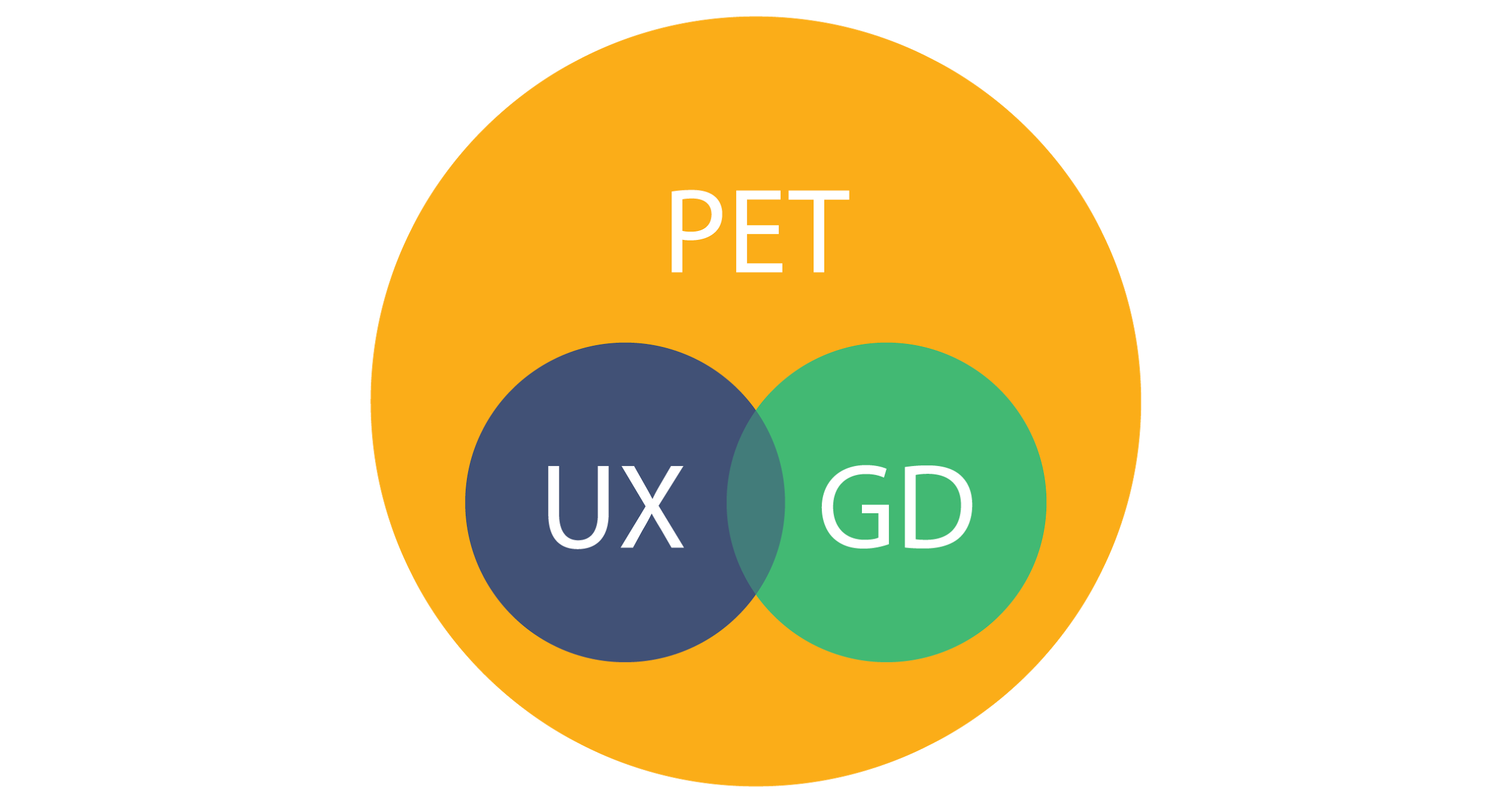
How PET design (including persuasion), UX and graphic design correlate to each other?
When you know the main psychological principles of humans, you could also effectively affect their behaviour. In addition to the possibility of manipulating someone’s emotions, one could also use persuasion in design principles to identify any possible problems that users might face whilst using the product or service. To receive the desired outcomes, the persuasion methodologies must be implemented into the designing processes in every step and there has to be a lot of effort put into keeping the provider-user relationship positive.
For example, Amazon is not just a simple online retailer but uses many sophisticated techniques and processes to persuade their customers to buy more. Their systems send users recommendations based on their previous purchases and searches. Amazon also motivates people to buy more through their Gold Box offers and Share the love program.
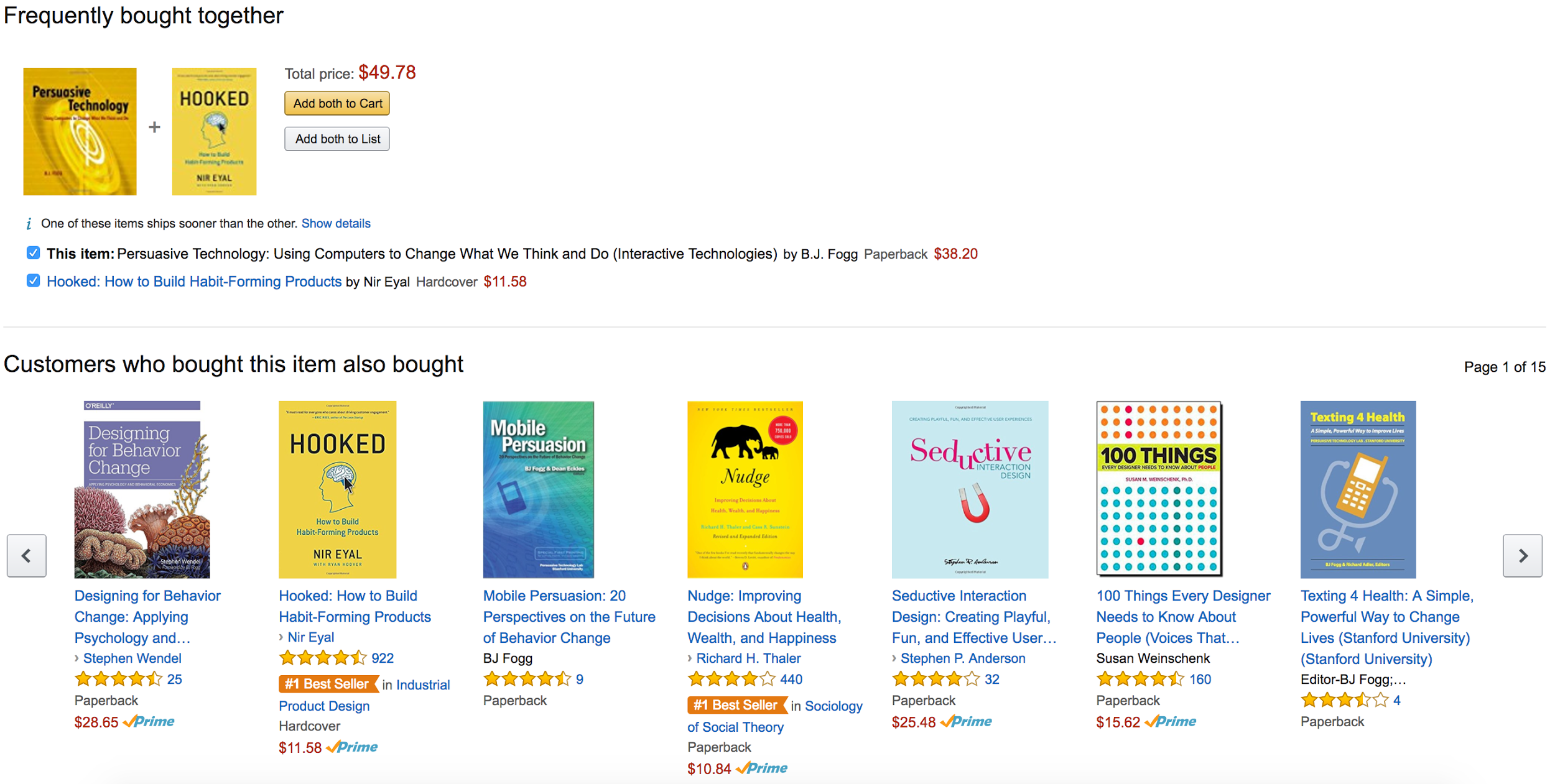
Recommended literature
Amazon.com - recommendations to similar products
How to use persuasion effectively?
The incentives and obstacles might be different according to the business objectives or characteristics but the main psychological influencers that create emotions and affect the way that people behave are:
mirroring – we feel that we must respond to favours with favours. If you provide users with something useful before you ask something from them, they are more likely to cooperate. For example, you could provide your customers with the necessary information or free services;
- authority – users trust and respect the authorities and experts;
- commitment and continuity – users will be more engaged with things that they are committed to. If you have gotten the user’s attention and commitment, for example, through asking for their contact information, and then send them a free magazine, then the user is more likely to stay loyal in the future. The more committed your users are, the less likely they are to switch things up (for example, cancel a service subscription);
- rarity and deficit – as the availability of a product seems to decrease it also becomes more attractive and so people want it more. For example, you could only make some products purchasable during a certain time period, advertise products that are about to go out of stock or make exclusive offers;
- sympathy and likeability – when we like someone or when we look similar to them, we also want to make them like us back;
- social acceptance – we appreciate other people’s opinions of us and we change our behaviour accordingly. We usually behave the way that most of the people do because it feels right. For example, you could share people’s opinions about your brand, product or service on social media to make people think of them as a social norm.
Using persuasion methodologies to create a simple and trustworthy website can help to manipulate users so that their behaviour would meet the business goals. The psychological factors that enable that are:
- completeness – we have a natural tendency to complete that was once started;
- positive stimuli – give users positive feedback once they finish their tasks successfully. This will also keep them working at more difficulty tasks;
- hate towards losing – we do not like to lose anything that we already have. Indicating users that they are about to lose something will help to keep them occupied for some time longer;
- future benefits – people like to invest their money into products and services that help them get more benefits or save money in the future;
- free lunches – we like to get free offers, even if we have to pay later;
- “window of opportunity” – selling products when the customer is most susceptible. For example, in an online store, you could recommend additional products that are similar to those already in the shopping cart.
Where is persuasion used?
Persuasion is used in e-commerce, intranets, mobile devices, games, services etc. It is used almost everywhere to generate positive behavioural patterns and to change the existing ones with the better.
Litterati application (identifying, collecting, and tagging world’s trash) is a good example of shaping people’s behaviour and creating a global community. The application helps to create a sense of being a part of something and teaches (mostly) children that trash goes into the bins.
It also shows people that littering has its consequences and that everyone’s actions impact our surroundings. Litterati encourages people to clean their surroundings and to care for the environment by making them feel better as they do so. Litterati helps to raise a generation that would care for the environment and think of littering as something not acceptable.

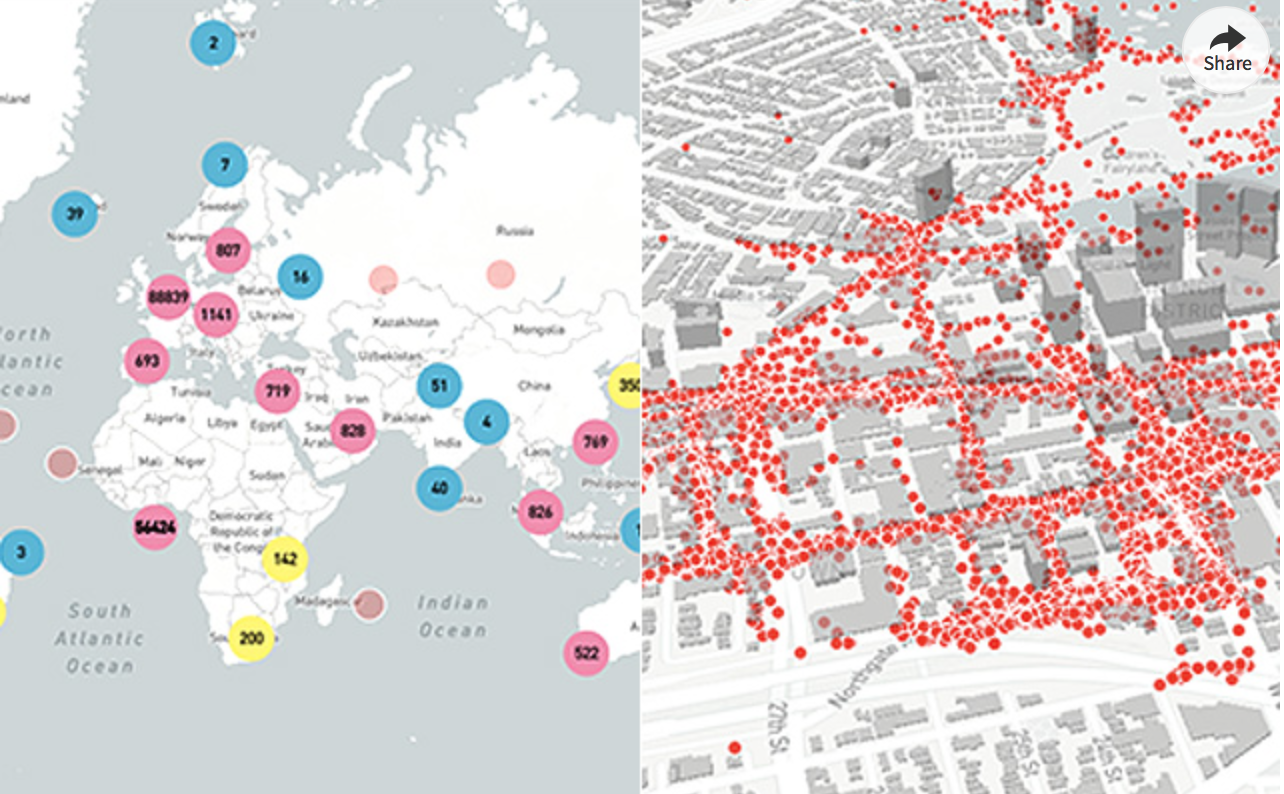
Litterati.org – join the community identifying, mapping, and collecting the world's litter. (Source: www.litterati.org; www.iculture.nl)
It is also possible to make the learning process of a new language more pleasant. A good example of that is an aesthetically pleasing open source language learning program Duolingo.com that teaches languages in a playful and motivating style. Duolingo encourages users to reach new levels of language skills, helps to overcome the fear of talking and writing, and enables people to partake in online language classes.
The application provides its users with many different possibilities to comfortably and easily reach their goals. And if for whatever reason a person has not been practising, Duolingo will notify the user with messages.
Three different ways to learn – individually (Source: Duolingo’s application)

(1),
Three different ways to learn – with a virtual partner (Source: Duolingo’s application)

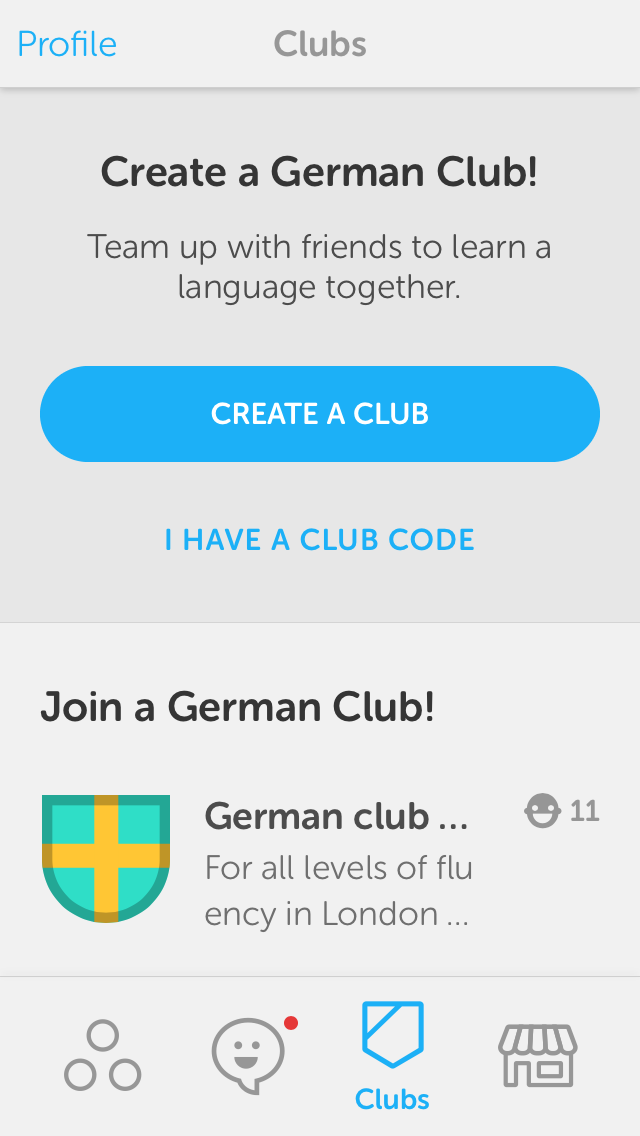
(3).
It is possible to buy or earn virtual currency Lingot through successful studying.

(4)
The application occasionally provides feedback.
Duolingo’s feedback tab

(5)
Users are asked to provide feedback so that Duolingo could better their systems.
Asking users for their feedback

(6)
Implementing persuasive methodologies in addition to a great UX enables you to design products and services that are more than just functional and easy-to-use systems.
Through that you will be able to modify user’s behaviour and make them want your products and services. Persuasion does not, however, happen instantly – it takes time and effort to reach these goals.

